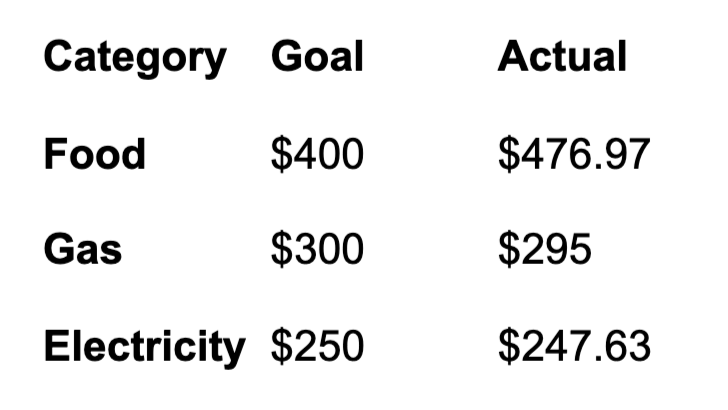You may be asking yourself – what really is a budget? Actually, it’s really kinda simple; it’s a plan for how you’re going to spend your money. Having a budget allows you to have control over where and when you spend your money, instead of trying to figure out later what happened and how you’re going to make it through until your next paycheck. I've got the tips on how to create a budget that works.
How to Create a Budget that Works

If we really pay attention and think through our purchases instead of being impulsive (ahem, raising my own hand here), it gives us a chance to stash away money here and there. It sets us up to save more!
Most of the time, we make budgeting out to be much harder than it really is. Really, the hardest part is getting past that mental block we have surrounding budgeting. Don’t think of a budget as a restriction, think of it in the opposite way; it’s YOU telling YOUR money where to go! This mindset gives you permission to spend and not feel guilt or shame about it after the fact.
Get the Digital Product Blueprint
Step One:
Print out one to three months of your most recent bank statements, grab some highlighters, and go to town. Use different colored highlighters to highlight your expenses in each category (i.e. blue for food, red for gas, etc.).
Once you have gone through the entire statement, total each of the categories so you know exactly how much money you’re spending on what. Add all of the categories together to get your total monthly expenses.
Now, look at how much income you receive each month and subtract your spending from your income. Do you have money left over? If not, you’ll need to make some changes! If you do, you’ll still want to look at how your spending is allocated and see if there are changes you would like to make.
Step Two:
Now, we’re going to set up our budget. You don’t need a fancy spreadsheet – just use pen and paper and keep it simple! That’s the KEY to all of this! Put your budget somewhere that you will actually keep up with it and use it!
Make a list of all of the spending categories you found when you were highlighting. The first thing you will do is set up spending goals for each category. Make them realistic! Next to the goal amount, you’ll make another column with the actual amount you spent.
For instance, it may look like the example below:

Now, you’ll want to have an expense tracker. For the first several months, you want to track very carefully! In the beginning of budgeting, you will want to have weekly money dates with yourself or with your partner. If you want more information about how to have a money date, you can check it out here!
+ show Comments
- Hide Comments
add a comment